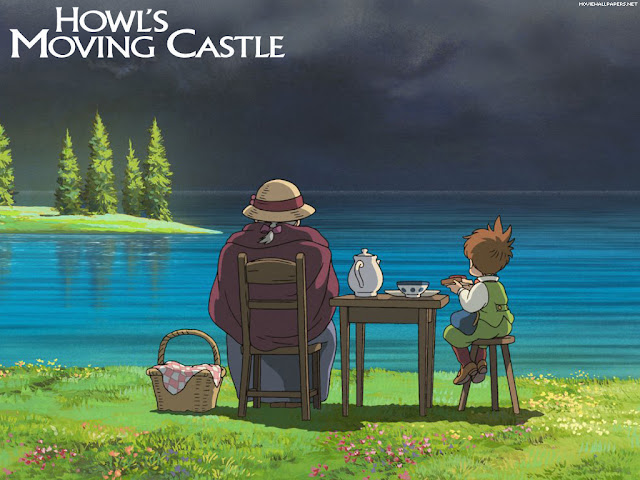The first of the two games I want to show you in this part is called Mirror's Edge. Here's the gamefaqs description:
"In a city where information is heavily monitored, agile couriers called runners transport sensitive data away from prying eyes. In this seemingly utopian paradise, a crime has been committed, your sister has been framed and now you are being hunted."
Mirror's Edge continues the dystopian concept, but in a very different way. Instead of a city meant to further the arts as there was in Bioshock, the city in Mirror's Edge simply wishes to restrict the flow of information (more along the lines of the Orwellian dystopia).
Mirror's Edge follows one of the aforementioned couriers as they run across rooftops to transport information across the city. While running across these rooftops you can see the stark white city with it's selective color patches throughout. It's an aesthetic that's hard to explain but understandable once seen. Mirror's Edge is beautiful, and looks simple in its own right. This minimalism brings about yet another inspiring art style since it really shows that when something is muted, even something such as color, it can create a wonderful and unique style.
The final game I wanted to show is the extremely recent game, Deus Ex: Human Revolution. As always, here is the gamefaqs description:
"At a time when scientific advancements are routinely turning athletes, soldiers and spies into super-enhanced beings, someone is working very hard to ensure mankind's evolution follows a particular path. You need to discover why - because the decisions you take and the choices you make will be the only things that can determine mankind's future."
Deus Ex takes place in a world where the popular concept of transhumanism (human enhancement through robotics) takes precedence. In this world there are not only human enhancements, but also enhancements on architecture and art. The artists working on Deus Ex had to anticipate the way in which architecture would evolve if Earth were to enter into a similar situation as the world in Deus Ex, and thus the environments in the game were born. This game brings into play the concept of artistic anticipation, which occurs often when making science fiction art. Sci fi art is some of my favorite to view, thus this concept proved very interesting to me. The game's environs were extremely inspiring to me, especially after thinking about how much time and planning goes into anticipating something as complex and ornate as an entire sci fi city. With this, Deus Ex proves another excellent example of art.
























